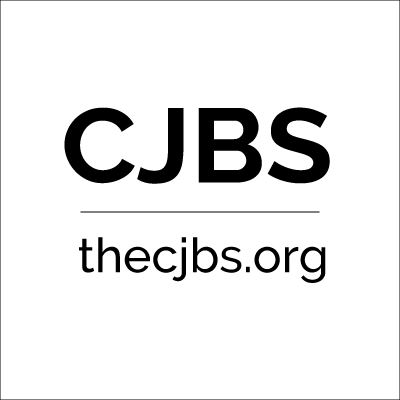< Issue No. 1 (2005)Article
The Homology of Emotionality and Rationality (Part I)
Guenther, Herbert V., University of Saskatchewan
Abstract
The well-known dichotomy between emotionality and rationality can be traced back to Plato who noticed two ground principles – the one was the rational which he called logos and deemed male, and the other emotional and instinctual called eros, and deemed female. But failing to note an important distinction, he quite arbitrarily claimed the male to be good and the female evil. This misconception, reflecting his personal as well as the ancient Greeks’ general attitude of misogyny, was to have disastrous consequences for the evolving social, cultural and political institutions that became increasingly hostile and contemptuous of the female.
From the Buddhist point of view, both emotionality and rationality are obscurations of the individual – obscurations of the omnipresent experiencer-quapractitioner’s original luminous being. Rationality obscures the lumen naturale by attempting to deal with the complex and the complicated nature of reality through introducing a separation between subject and object, dealing with both egologically and egocentrically, in the assumption that the model of the world so created is absolutely valid; what is not covered by the assumption is of no relevance. Emotionality obscures the lumen naturale by responding to the demands of the rational by either aiding or curtailing it. Both rationality and emotionality are biological phenomena: rationality becomes an intellectual obscuration and emotionality a kind of instinctual obscuration, and both are felt to be poisoning the whole atmosphere.
Tibetan rdzogs-chen ‘ultimate completeness’ thinking starts from the idea of Being, which – as Martin Heidegger has shown – is not some thing, and is consequently not quantifiable. It views all objects of experience from the vantage point of the integral unity of wholeness that, in its lighting-up, unfolds its inner dynamic that operates spontaneously as a solo-movement, displaying itself and enhancing its performance and beauty.
Basing himself on the sources pertaining to the emergence of rdzogschen thought, and elaborating the ideas of Padmasambhava, Vimalamitra and Arisingha (the Daoist Hva-shang Mahayana), the scholar-poet kLong-chen rab-byams-pa (1308–64) has given a most lucid interpretation of the homology of rationality and emotionality.
